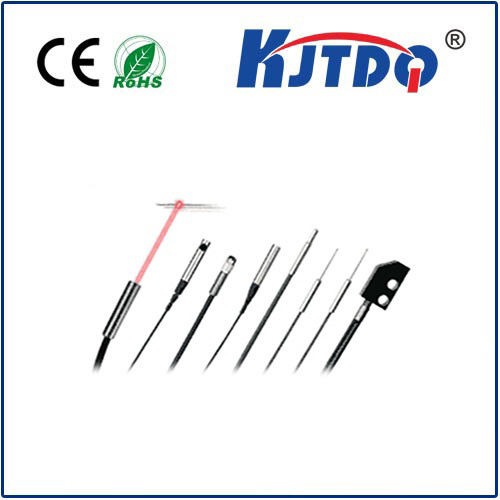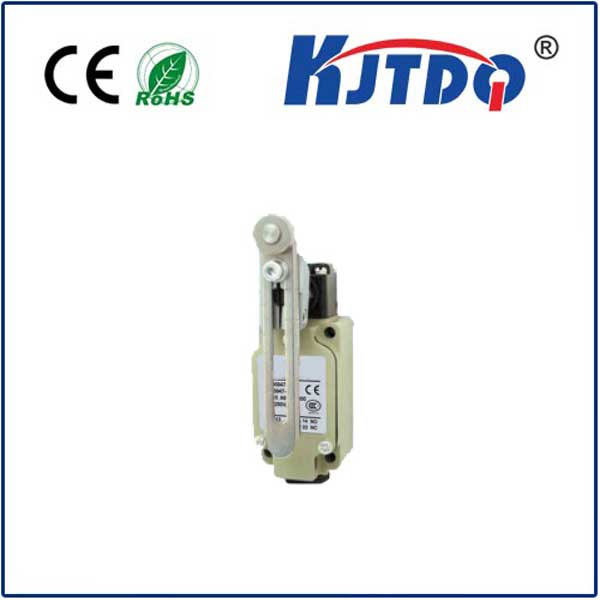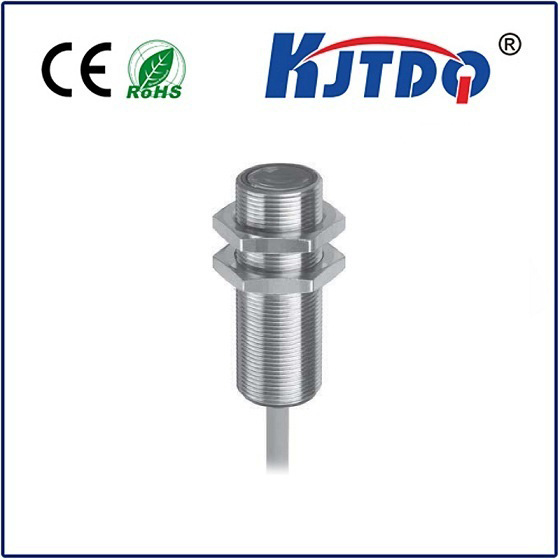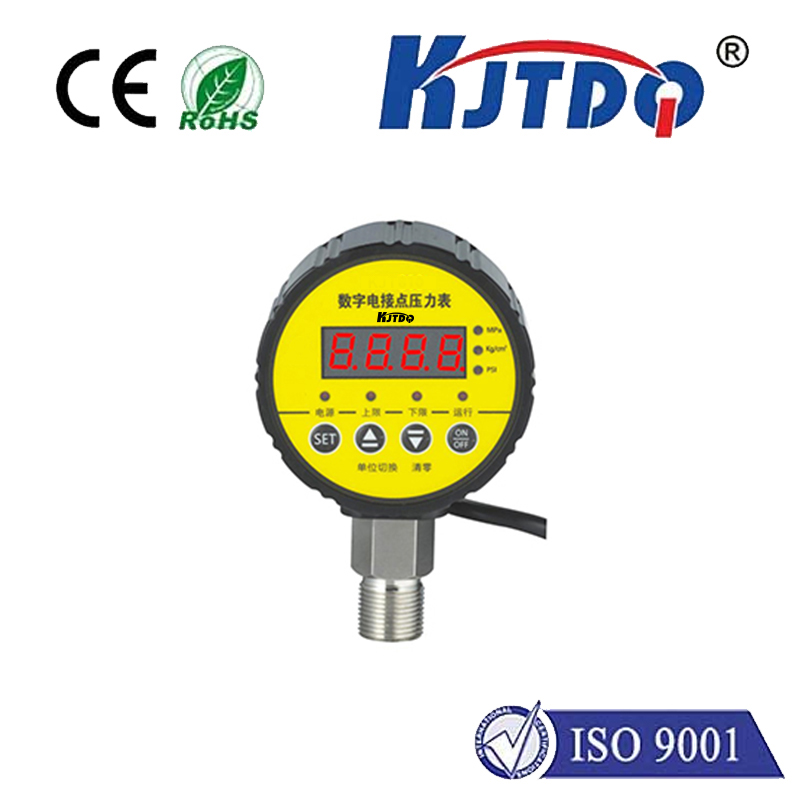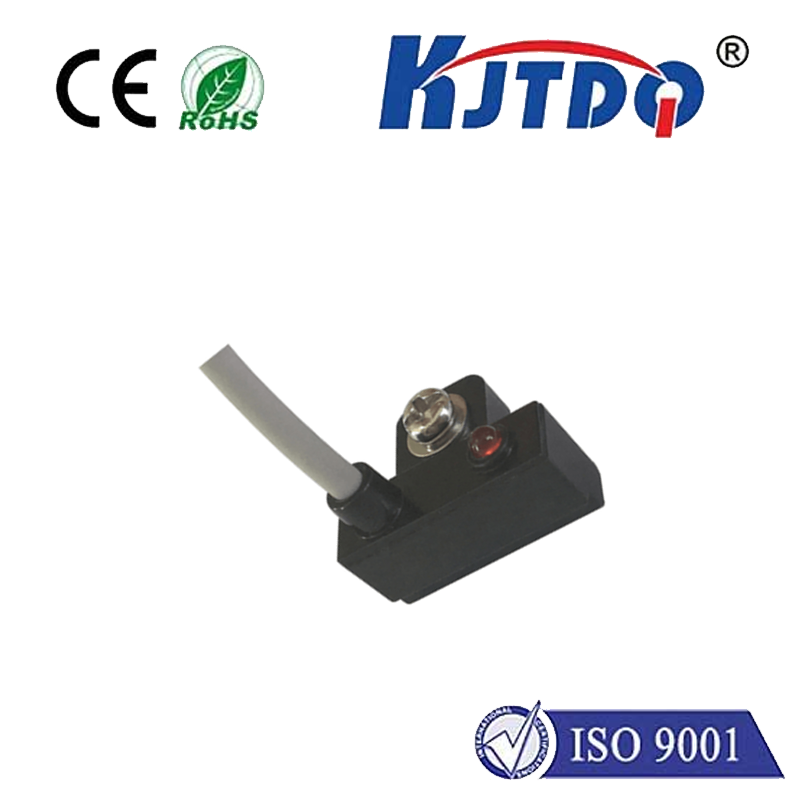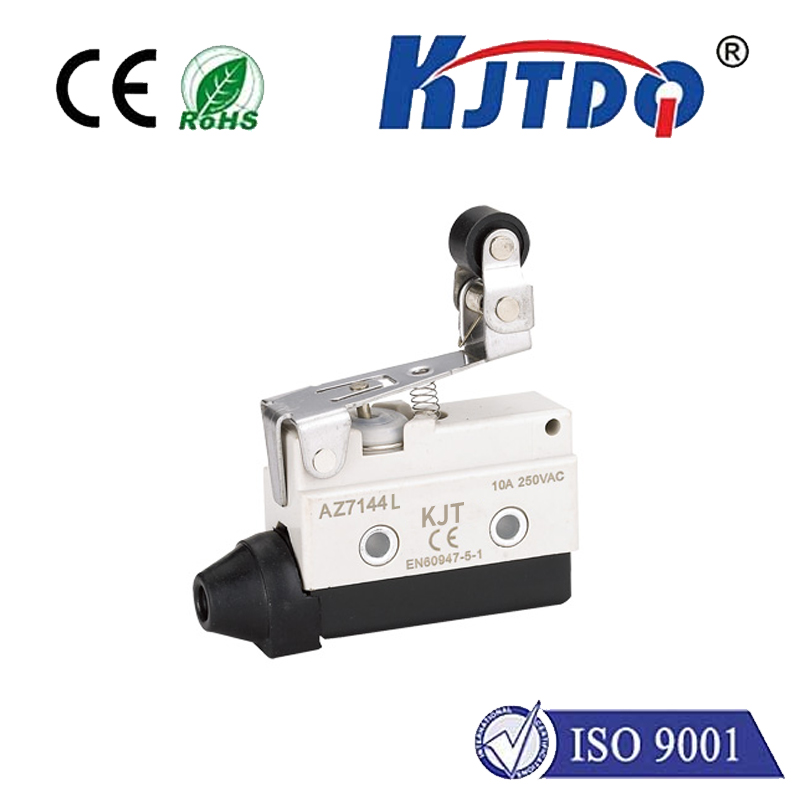Imagine a factory humming with activity, where machines move with precision, never colliding or wasting energy. What makes this dance of efficiency possible? Often, it’s an unsung hero: the proximity sensor. Among these, the M3-B3 proximity sensor stands out as a game-changer, quietly transforming industries from manufacturing to robotics. This compact device detects nearby objects without physical contact, offering unparalleled reliability in harsh environments. But what exactly sets the M3-B3 apart, and why should engineers and tech enthusiasts care? Let’s dive into this innovative technology, exploring its workings, unique features, and real-world impact.
Proximity sensors, at their core, are devices that detect the presence or absence of an object within a specific range, using methods like electromagnetic fields or infrared waves. The M3-B3 proximity sensor is a specific model designed for industrial applications, known for its rugged build and high accuracy. Unlike basic sensors, it operates on inductive principles, where a coil generates an electromagnetic field. When a metal object enters this field, it induces eddy currents that alter the sensor’s output signal, signaling the object’s proximity. This non-contact method eliminates wear and tear, making the M3-B3 ideal for environments with dust, moisture, or vibration—such as assembly lines or automated warehouses. This foundational technology allows for seamless integration in systems where safety and efficiency are paramount, preventing costly downtime by triggering actions like stopping a conveyor belt before impact.

Delving deeper, the working principle of the M3-B3 proximity sensor hinges on its sophisticated circuitry. It typically features a solid-state design with no moving parts, reducing maintenance needs and extending its lifespan. The sensor emits a low-frequency electromagnetic pulse; as an object approaches, the pulse’s reflection time changes, translating into a digital or analog output that controllers interpret. For instance, in a robotic arm setup, the M3-B3 detects a component within millimeters, sending an instant signal to adjust positioning. Key to its reliability is the ability to function in temperature extremes, from -25°C to +70°C, ensuring consistent performance even in demanding sectors like automotive manufacturing. Moreover, it supports multiple output types, such as PNP or NPN configurations, allowing versatile compatibility with various PLCs (Programmable Logic Controllers) and IoT devices. This adaptability makes the M3-B3 a go-to solution for upgrading legacy systems to smarter automation.
When it comes to features, the M3-B3 proximity sensor boasts several standout attributes that justify its popularity. Firstly, its IP67-rated enclosure provides exceptional resistance to dust and water ingress, a must-have for outdoor or washdown areas in food processing plants. Secondly, with a detection range adjustable up to 8mm, it offers precise sensing without false triggers, crucial for high-speed applications. Thirdly, the low power consumption—often under 0.5W—enhances energy efficiency, aligning with green initiatives. Notably, its robust construction includes stainless-steel housing, which shields against electromagnetic interference from nearby machinery, ensuring signal integrity. These elements combine to deliver high repeatability and long-term stability, meaning the sensor maintains accuracy over thousands of cycles without recalibration. Such features underscore why the M3-B3 is preferred over alternatives; it minimizes errors in critical tasks, like detecting metal parts on a fast-moving palletizer.
The applications of the M3-B3 proximity sensor span diverse industries, driving innovation and safety. In automotive assembly lines, it monitors robot arms welding car frames, preventing collisions that could halt production. Packaging facilities rely on it to count items on conveyors, where the sensor’s quick response time—under 1ms—ensures no missed counts. Similarly, in material handling systems, it detects pallet positions, optimizing storage and retrieval in automated warehouses. Beyond industrial uses, this sensor plays a role in consumer electronics, such as proximity detection in smartphones for screen dimming. The M3-B3’s versatility extends to hazardous locations, with variants meeting ATEX standards for explosive atmospheres, like in chemical plants. Integrating it often involves simple mounting via M12 or M18 threads, reducing installation time and costs. As IoT networks expand, the M3-B3 pairs with sensors for predictive maintenance, feeding data to cloud platforms that analyze trends and prevent failures.
Choosing the M3-B3 proximity sensor brings tangible advantages that elevate operational outcomes. Its cost-effectiveness stems from reduced downtime; by averting machine jams, it saves thousands in repairs annually. The enhanced safety factor protects workers, as proximity alerts halt equipment before contact occurs. Environmentally, the low-energy design cuts carbon footprints, while the durable build means fewer replacements, supporting sustainability goals. With easy calibration and wide voltage compatibility (10-30V DC), it simplifies retrofitting into existing setups. Ultimately, the M3-B3 empowers businesses to achieve higher throughput and precision, proving vital in today’s automated world. For those in tech or engineering, understanding this sensor unlocks opportunities to innovate—whether designing smarter factories or advancing AI-driven robotics. As industries evolve, the M3-B3 remains a cornerstone of reliable proximity sensing technology.

